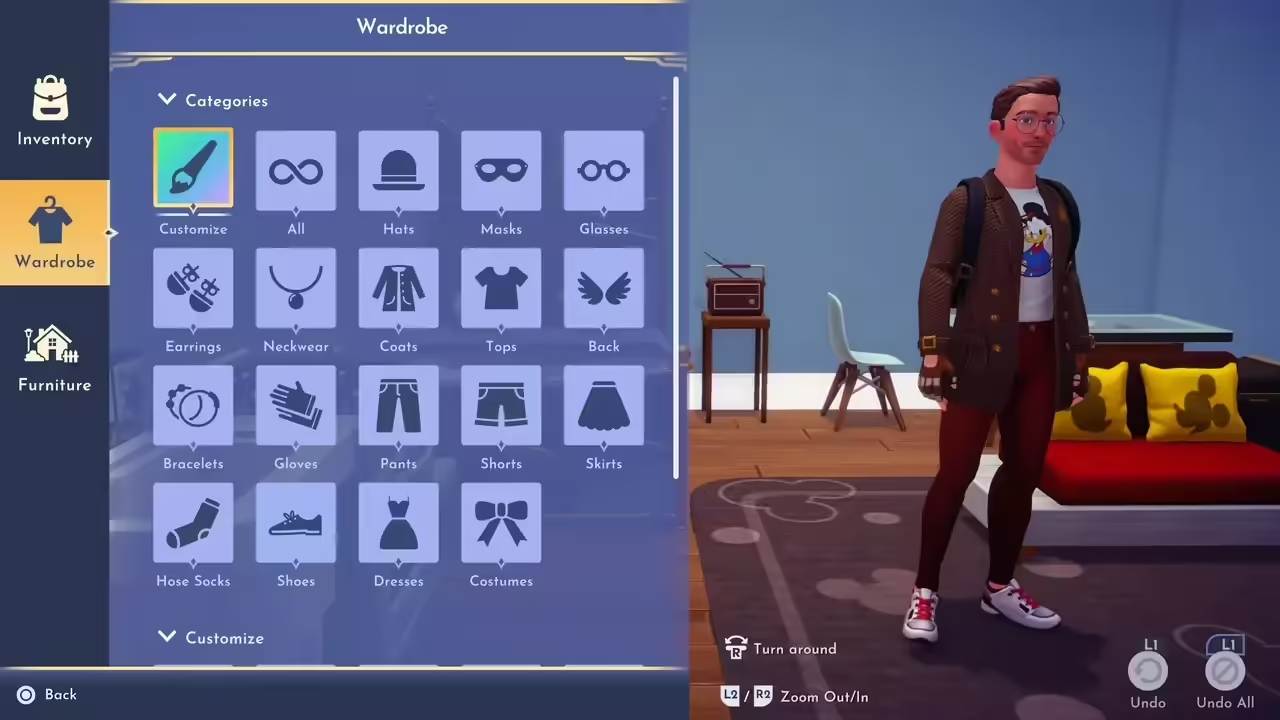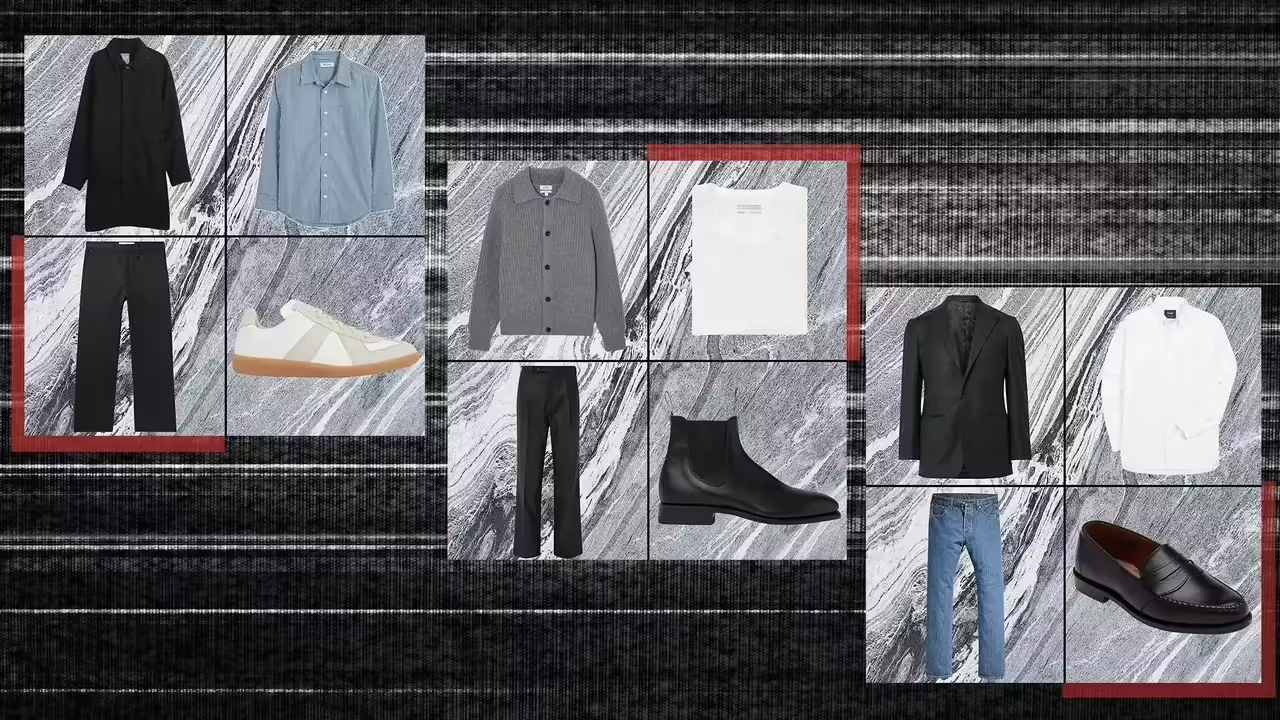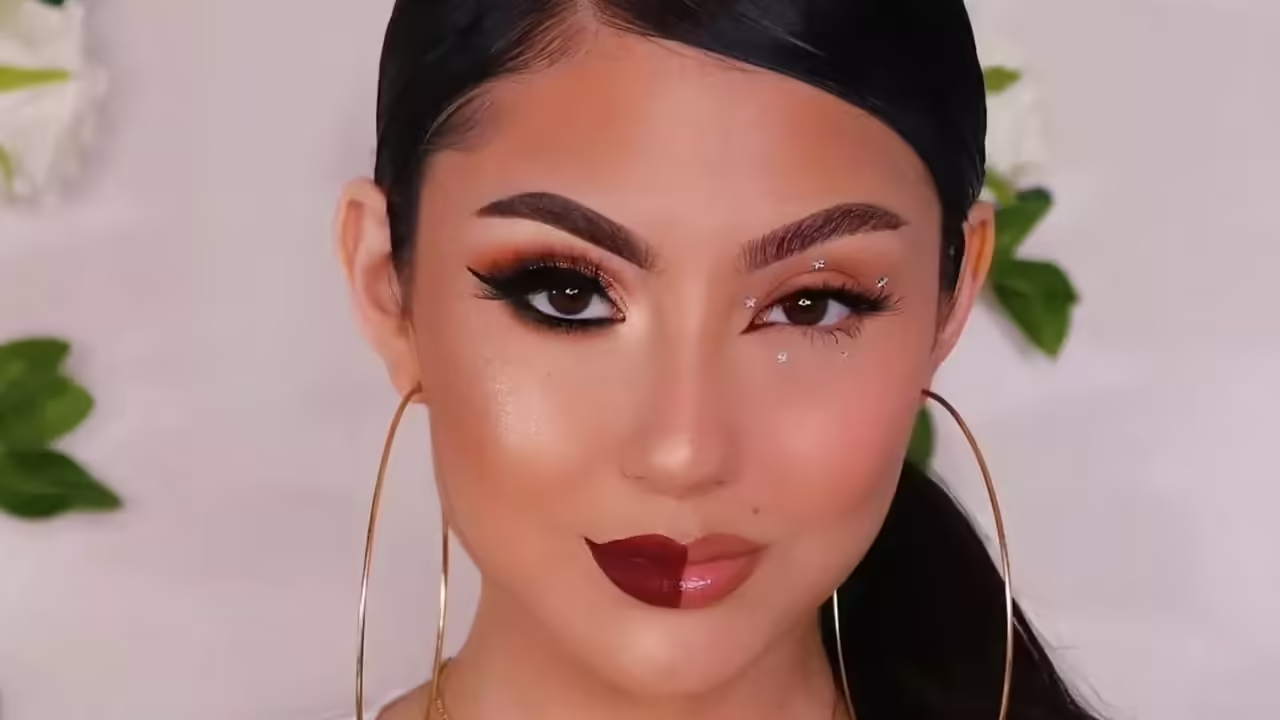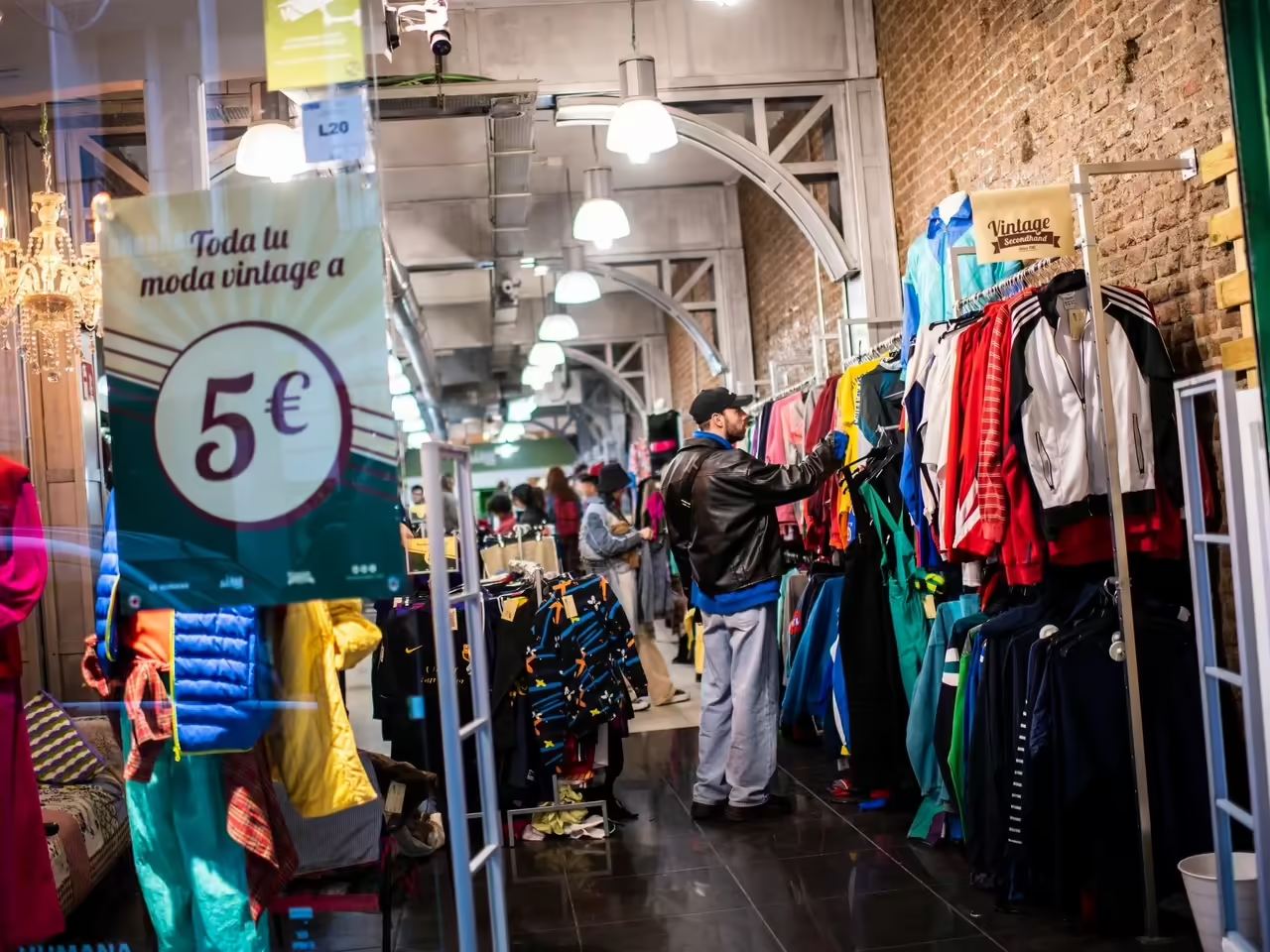
Fashion has always been a powerful form of personal expression, and in the current era, the customization of clothing has gained significant relevance. This concept not only involves creating tailor-made garments but also encompasses the ability to adapt existing designs to reflect the uniqueness of each individual. In this article, we will explore the essence of clothing customization and its growing importance in the contemporary fashion industry.
Defining Clothing Customization
Clothing customization is a process that goes beyond simply choosing sizes and colors. It is about enabling consumers to actively participate in the creation and design of their own garments, turning fashion into a more intimate and authentic experience. This can include choosing fabrics, patterns, details, and adjustments that suit individual preferences, transforming clothing into a tangible expression of each person’s personality.
The Rise of Individuality in Fashion
In an era marked by globalization and mass production, clothing customization emerges as a response to the uniformity that often characterizes conventional fashion. Consumers seek garments that not only fit their bodies but also reflect their unique identity. The ability to customize clothing allows people to escape the constraints of pre-designed trends and find their voice in the world of fashion.
The Importance of Customization in Modern Fashion
Expression of Identity: Customized clothing becomes a blank canvas for the expression of personal identity. By choosing every detail, from the type of fabric to embellishments, individuals can tell their own stories through fashion.
Sustainability: Clothing customization can also contribute to sustainability by encouraging the creation of timeless and durable garments. Having a closer connection to their clothing, people are less inclined to follow ephemeral trends, thereby reducing the environmental impact of fast fashion.
Consumer Empowerment: The ability to customize clothing empowers consumers by turning them into co-creators of their style. This creates a deeper connection between the wearer and the garment, generating a sense of ownership and value beyond simple clothing acquisition.
Design Innovation: Customization challenges fashion design conventions by opening up new possibilities. Designers can collaborate with users to create unique garments, stimulating innovation and diversity in the industry.
Essential Tools and Materials for Clothing Customization
Clothing customization involves a combination of artistic and technical skills, supported by the use of specialized tools and materials. Here is a list of essential tools and materials that can facilitate the customization process:
Tools:
Sewing Machine: A sewing machine is essential for efficiently creating customized garments. There are various machines available, from basic models to specialized machines with advanced features.
Needles and Pins: Having a selection of needles and pins is crucial for securing fabrics before sewing and for making precise repairs and adjustments.
Fabric Scissors: Quality scissors are essential for cutting fabrics cleanly and accurately. It is recommended to have at least one pair of scissors dedicated exclusively to cutting fabric to prevent them from dulling.
- Measuring Tape: Precise measurement is crucial in clothing customization. A flexible measuring tape makes it easy to take accurate measurements to ensure a perfect fit.
- Hemming Tape: This adhesive hemming tape is useful for making temporary hems before sewing. It facilitates securing fabrics before machine sewing.
- Seam Ripper: Allows for quick and efficient seam undoing without damaging the fabric.
- Fabric Markers: To mark patterns, cuts, or sewing lines on the fabric. They can be of different colors to suit different types of fabric.
- Iron: An iron is essential to keep the fabric flat and facilitate sewing. It is also useful for fixing hems and folds.
Materials:
- Various Fabrics: The choice of fabric is crucial and depends on the type of garment you are customizing. Common options include cotton, linen, silk, denim, and jersey. It is advisable to select high-quality fabrics that suit the design and purpose of the garment.
- Quality Threads: Use threads that match the color and type of fabric you are using. Polyester or cotton threads are common choices.
- Interfacing: Provides structure to specific areas of the garment, such as collars and cuffs.
- Trims and Accessories: Buttons, zippers, lace, ribbons, and other embellishments can add unique details to the garment.
- Patterns and Templates: For those who do not design custom patterns from scratch, having pre-existing patterns or templates can be very helpful.
- Sewing Books and Online Tutorials: Visual references and practical guides can be valuable for learning new techniques and improving sewing skills.
With these essential tools and materials, clothing customization enthusiasts will be well-equipped to bring their creative ideas to life and transform ordinary garments into unique expressions of personal style.
Creative Ideas for Clothing Customization: Exploring Originality with Style
Clothing customization offers an endless canvas of possibilities to express creativity and stand out in the world of fashion. Here are some creative ideas and techniques to personalize your garments:
Painting and Prints: Techniques and Tips
- Hand Painting: Use brushes of different sizes to create unique designs directly on the fabric. Make sure to use textile paints that are wash-resistant.
- Stamping with Seals: Create custom seals with rubber and use them with paint to stamp patterns and designs on the fabric.
- Modern Tie-Dye: Experiment with tie-dye patterns using contemporary colors. Use rubber bands to create defined sections of color.
- Airbrushing: With an airbrush gun, achieve smooth color transitions and intricate artistic effects.
- Stencils: Create or purchase stencils with interesting designs and apply them to the fabric with spray paint or sponges.
Application of Patches and Embroidery
- Custom Patches: Design unique patches that represent your interests, achievements, or are simply aesthetically appealing. Sew them or attach them with textile glue.
- Hand Embroidery: Add embroidered details to your garments using contrasting colored threads. Flowers, letters, and geometric shapes are popular choices.
- Machine Embroidery: If you have an embroidery machine, explore the variety of patterns and designs you can create to personalize your garments efficiently.
- Sequins or Bead Embroidery: Add a touch of sparkle and texture with sequins or bead embroidery in specific patterns.
Transformation of Vintage Clothing
- Cut and Assemble: Disassemble vintage garments to reuse fabrics and create new pieces. Mix and match different elements to achieve a unique look.
- Dyeing: Change the color of vintage garments using dyeing techniques. Experiment with gradients, patterns, or hand dyeing to give them a new life.
- Add Unexpected Elements: Incorporate unconventional elements such as chains, lace, rivets, or even jewelry pieces for an interesting contrast.
- Distressed Look: Give garments a worn and modern appearance using distressing techniques, tears, and strategic cuts.
- Fabric Inserts: Add sections of contrasting or patterned fabrics to vintage garments to give them a contemporary and unique touch.
General Tips:
- Before starting, test the techniques on a fabric sample to ensure the desired result.
- Consider symmetry and proportions when applying designs to ensure a balanced look.
- Patience is key in customization; taking the necessary time will ensure a high-quality final result.
By letting your imagination soar and experimenting with these creative ideas, you can personalize your garments in a way that reflects your style and originality. Clothing customization is not just a form of expression but also an opportunity to transform ordinary garments into unique masterpieces.
Basic Sewing Techniques for Beginners
Sewing is a valuable skill that allows fashion enthusiasts to customize garments and create unique projects. Here are some basic sewing techniques for beginners:
Essential Stitches:
- Straight Stitch:
- Used to join two pieces of fabric.
- Ensure stitches are even and of the same length.
- Zigzag Stitch:
- Prevents the edges of the fabric from fraying.
- Ideal for elastic fabrics and joining stretchy materials.
- Triple Zigzag Stitch:
- Provides extra strength and is useful in high-tension areas, such as reinforcement seams.
- Appliqué Stitch:
- Used to apply a piece of fabric onto another.
- Allows for decorative and personalized designs.
- Invisible or Basting Stitch:
- Used to temporarily join fabrics before the final sewing.
- Allows for adjustments before permanent sewing.
- Overlock or Overcasting Stitch:
- Prevents fabric edges from fraying.
- Can be done with an overlock sewing machine or using a zigzag stitch.
- Topstitch:
- Simply a line of visible stitches on the outer part of the garment.
- Double Topstitch:
- Consists of two parallel lines of straight stitches.
- Adds a decorative touch and reinforces the seam.
Adjusting Size and Shape of Clothing:
Taking Measurements:
- Use a measuring tape to take precise measurements of your body. Common measurements include bust, waist, hips, arm length, etc.
Making Dart Adjustments:
- Darts are stitched folds that adjust the shape of the garment. They can be in the waist, bust, or back to conform to the body’s shape.
Length Adjustment:
- Adjust the length of pant legs or shirt sleeves according to your preferences or measurements.
Width Modification:
- Redefine the width of a garment by adjusting side seams or adding/removing fabric.
Hemming:
- Adjust the length of garments by folding and sewing the bottom edges. Ensure the length is uniform around the garment.
Replacing or Moving Buttons and Closures:
- Change the position of buttons or closures to achieve a more comfortable fit or alter the style of the garment.
Incorporating Elastic or Belts:
- Add elasticity to areas like the waist for improved comfort and fit.
Remember to practice these techniques on fabric samples before applying them to real projects. With time and experience, you’ll enhance your sewing skills and tackle more complex projects with confidence.
Inspiration and Trends in Clothing Customization
Clothing customization has evolved into a powerful way to express individuality and follow fashion trends in a unique manner. Here, we explore examples of brands that have embraced customization and current trends in personalized fashion.
Examples of Brands Promoting Customization:
Levi’s:
The iconic denim brand, Levi’s, offers customization services, including the option to add patches, embroidery, and personalized distressing to their jeans. This allows customers to create one-of-a-kind pieces.
Etsy:
While not a brand itself, Etsy is a platform connecting buyers with independent artisans and designers offering customized clothing and accessories. This spans from made-to-measure garments to unique jewelry.
Adidas miCoach:
Adidas allows customers not only to customize the design of their sneakers but also the incorporated technology, such as the soles and running support. This combines fashion with personalized functionality.
Casetify:
Although focused on accessories, Casetify enables customization of phone cases and other accessories. Customers can choose colors, patterns, and add personal text or images.
Current Trends in Personalized Fashion:
Sustainability:
Sustainable customization is on the rise, with a focus on reusing existing garments and minimizing waste. This includes techniques like upcycling and transforming old clothing into new creations.
Wearable Technology:
The integration of technology into personalized clothing is a growing trend. This includes garments that monitor health, temperature, or even change color through smart fabric technology.
Artist Collaborations:
Collaborations between fashion brands and artists provide a pathway for customization through exclusive designs. Brands collaborate with artists to create limited collections known for their originality.
3D Printing:
3D printing is entering personalized fashion, allowing the creation of unique accessories and garments. This offers detailed customization and shapes that would be challenging with traditional methods.
Smart Personalized Clothing:
Personalized fashion merges with technology to offer garments that adapt to individual preferences and needs. This includes automatic size adjustments and patterns based on biometric data.
Ethnic and Cultural Customization:
There is a growing trend in customization that celebrates and respects diverse cultural and ethnic identities. This is reflected in the design of prints, fabrics, and specific cultural embellishments.
Clothing customization continues to be a dynamic and exciting trend in the world of fashion, allowing consumers to stand out in an increasingly diverse and individuality-conscious market.







